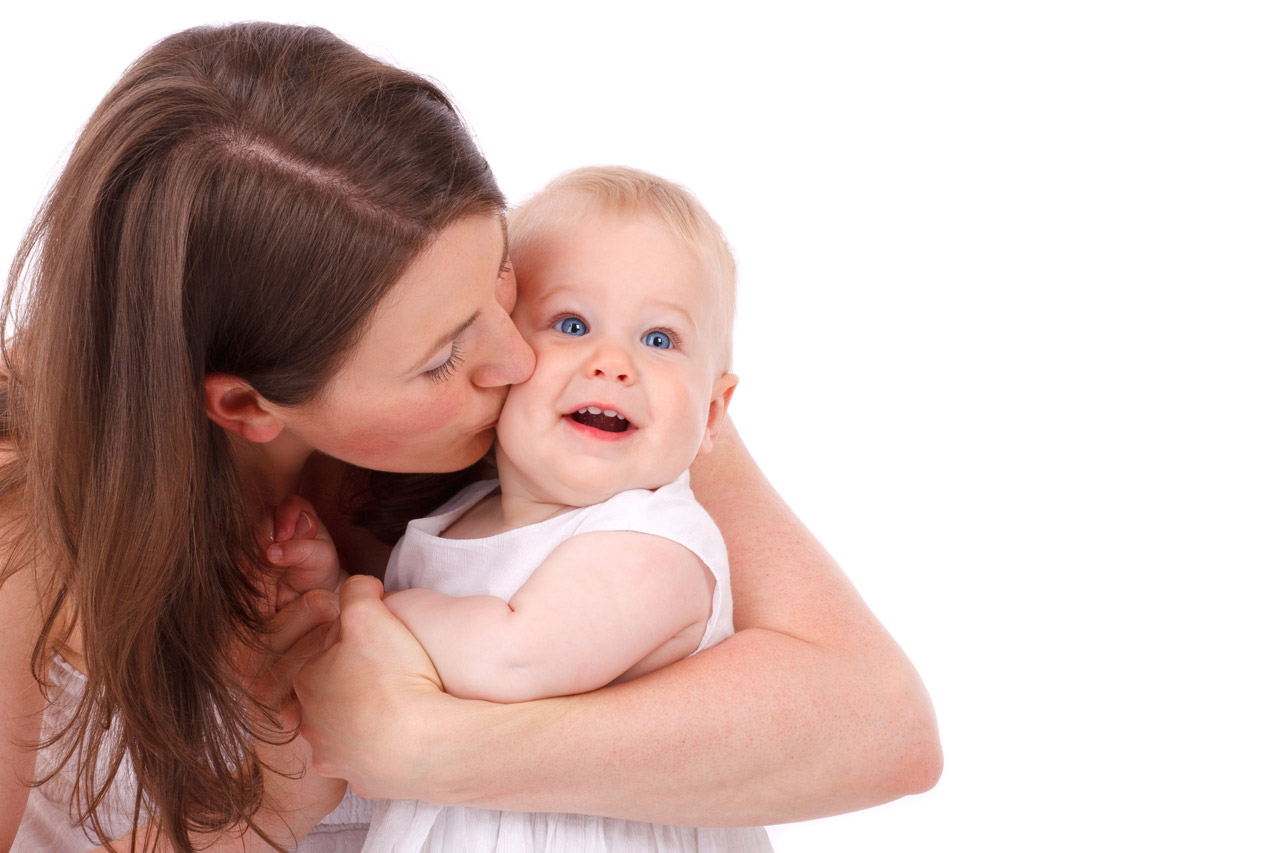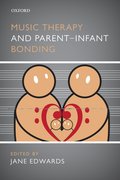By Professor Jane Edwards
What does the baby have to learn in these first 12-18 months (before they can speak)? The list includes what you do with your eyes when with another, how long to hold a mutual gaze, what turn-off head movements work, and with whom, how close you should let the other come to you… how to read body positions… how to enter into turn taking when vocalizing with another… how to joke around, negotiate escalate, back off… make friends, and so on.
Daniel Stern, Forms of Vitality (OUP, 2010) p. 110-111
As a music therapy scholar, teacher, and practitioner for more than 20 years, I have been able to learn from many sources about the crucial role our early years play in our lives. The ability to reflect on challenges experienced in our adult lives by linking back to childhood experiences is an essential aspect of the way that many music therapists practice. Rather than using descriptions of family histories to apportion blame, the therapist tries to understand the current experience of the patient and their worldview through the lens of past experience, to see if there is some way to make sense of self-destructive behaviours, or difficulties experienced in creating meaningful and satisfying relationships with others.
I began my early music therapy practice in mental health services and in nursing homes, working with people diagnosed with Alzheimer’s Disease or other types of dementia. Many people, whether in group or individual music therapy programmes, offered reflections on their early life, and described aspects of their parents’ availability or unavailability; referring to the quality of these first relationships in ways that helped me to understand something of what might have been unresolved or unsatisfying for them. Eventually I found myself very keen to work with people much earlier in life to see whether music therapy could ameliorate some of the issues my older patients were facing.
Although I worked in paediatric music therapy for seven years at a children’s hospital, it was only when I was writing the first proposal to found the (now) international parent-infant support programme Sing & Grow that I had the chance to bring all of my past experience to bear: to make a case for the importance of promoting loving, playful, and nurturing interactions between parents and infants where vulnerability was in evidence. Through my work in this field, I have become increasingly aware of an unrecognised field of practice in music therapy: parent-infant work. This involves the referral of vulnerable parents to a music therapy service. Parents usually attend with their infants and the music therapist provides a safe and accepting space in which the parent and infant pair or group can be encouraged to play and interact in supportive and mutually satisfying ways. This is not always ‘music’ as it might be generally understood; rather it is a musical way of interacting that the therapist encourages.
 When adults speak to infants we use particular ways of interaction that seem to be the same across the world. But we should ask why do we use such an exaggerated, playful, and musical way of speaking to infants? The obvious answer is because the infants like it — they raise their eyebrows, fix their gaze on the speaker’s face, and sometimes smile quite quickly on hearing us say ‘ooohhh whooo is my little baaaby?’ This is especially true if the speaker is a family member but it also can occur in new encounters when the conversational partner knows and can offer this communication in a playful and experimental way. However, there are many more powerful scientific and theoretical findings that indicate how this type of interaction builds the bonds of trust and love between parents and infants.
When adults speak to infants we use particular ways of interaction that seem to be the same across the world. But we should ask why do we use such an exaggerated, playful, and musical way of speaking to infants? The obvious answer is because the infants like it — they raise their eyebrows, fix their gaze on the speaker’s face, and sometimes smile quite quickly on hearing us say ‘ooohhh whooo is my little baaaby?’ This is especially true if the speaker is a family member but it also can occur in new encounters when the conversational partner knows and can offer this communication in a playful and experimental way. However, there are many more powerful scientific and theoretical findings that indicate how this type of interaction builds the bonds of trust and love between parents and infants.
Work by psychobiologist Colwyn Trevarthen, the ethologist Ellen Dissanayake, and researcher Sandra Trehub and her team at the University of Toronto, has paved the way in showing how the functions of this interaction have less to do with entertaining and engaging the baby and are more aligned with the infant’s ability to evoke and interpret these signals from adults and their siblings within weeks of birth. For me, and for the researchers mentioned above, these interactions are easily identified as musical. Observations of the nature of these interactions between parents and infants led Stephen Malloch to coin the term ‘Communicative Musicality’, to capture the unique pitch and rhythmic structures that communicative partners use.
This type of interaction is, as the quote from Stern at the opening attests, playful, rich, and highly involved. It teaches the many skills we need in being able to be with people successfully in intimate relationships, in relationships involving teachers and students, and in work groups. When we do not have adequately rich and supported experiences of attachment in infancy there can be lifelong consequences. Therefore, offering support to parents and infants in difficulty can provide long term benefits. Music therapy is uniquely poised to make a useful contribution to this work as infants are receptive to musical and music-like interactions from sensitive and responsive adults.
Professor Jane Edwards is an Associate Professor at the University of Limerick where she directs the Music & Health Research Group and is co-ordinator of the MA in Music Therapy in the Irish World Academy of Music & Dance. She was formerly a guest professor at the University of the Arts in Berlin (2004-2011). She is President of the International Association for Music & Medicine. She has published extensively in the field of music therapy including Music Therapy and Parent-Infant Bonding (OUP, 2011), and is sole editor for the first Oxford Handbook of Music Therapy (forthcoming).
Subscribe to the OUPblog via email or RSS.
Subscribe to only music articles on the OUPblog via email or RSS.
Subscribe to only psychology articles on the OUPblog via email or RSS.
View more about this book on the ![]()
![]()
Image credit: ‘Mother Kissing Baby’ By Vera Kratochvil (public domain via Wikimedia Commons).



Recent Comments
There are currently no comments.